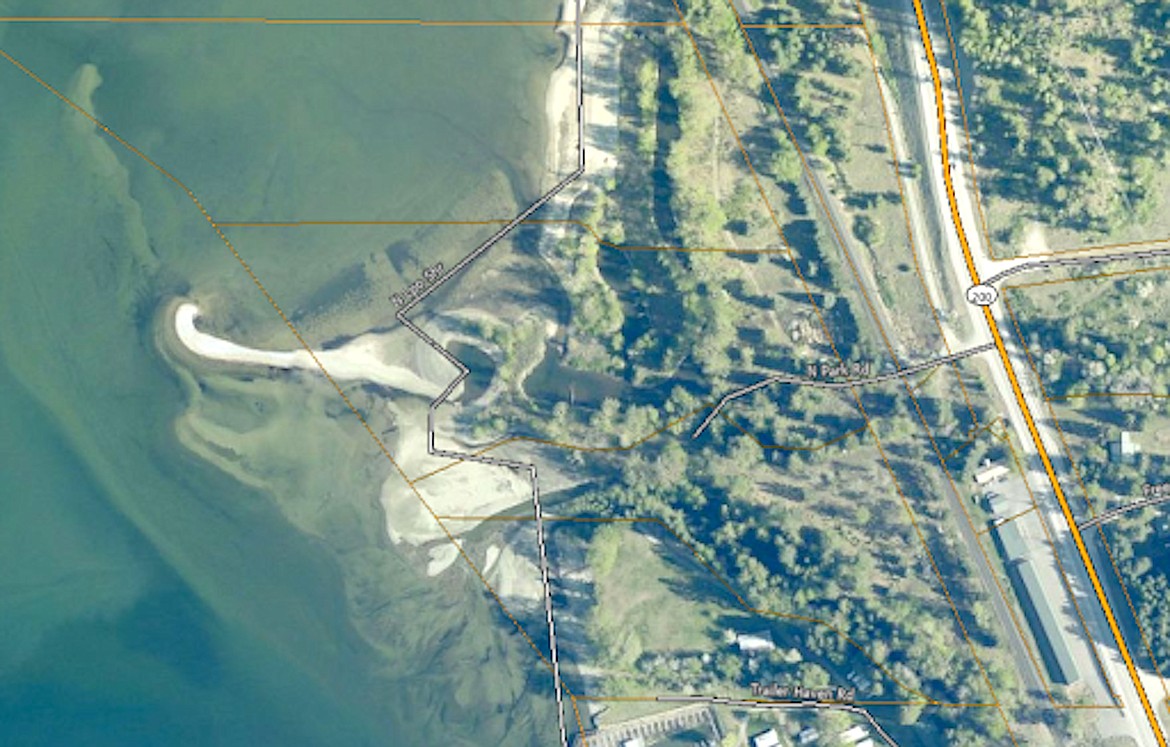Advocates to sue feds to protect bull trout
WASHINGTON, D.C. — State and national conservationists are suing the federal government in an effort to protect critical bull trout habitat at the mouth of Trestle Creek.
After the formal complaint filed by Idaho Conservation League and the Center for Biological Diversity two weeks ago, on Sept. 7 the center and ICL issued a “notice of intent to sue” the US Army Corps of Engineers.
In the notice of intent, the conservation groups allege the Corps violated two sections of the Endangered Species Act and a section of the Clean Water Act.
ICL and the Center claim the Corps failed to ensure that its actions do not jeopardize bull trout or harm critical bull trout habitat. They also claimed in the notice, often a precursor to a formal lawsuit, that the agency failed to ensure that its actions promote conservation and recovery of bull trout.
“The Corps’ actions in this matter represent an unlawful departure from the ESA’s legally binding mandate to protect and recover imperiled species and their habitats,” the groups said in the notice.
The groups also claimed that Corps’ permitting of planned dredging and fill operation violated the Clean Water Act by failing to adequately identify wetlands, or adequately assess wetlands also affected. It also failed to document existing conditions or ensure mitigation of potential impacts to bull trout.
“The U.S. Fish and WIldlife Service’s biological opinion was unlawful since it failed to adequately analyze the effects of the project on a species threatened with extinction and on its critical habitat,” the groups allege.
The ESA directs federal agencies to work together to preserve endangered and threatened species, and outlines the procedures needed to permit a project.
A section of those guidelines require a federal agency to ensure that any action permitted, funded, or done by a federal agency “is not likely to jeopardize the continued existence of any endangered or threatened species or result in the destruction or adverse modification of critical habitat” in the area. The U.S. Fish and Wildlife Service designated Trestle Creek as critical habitat for bull trout in 2010.
That designation required the Corps to conduct a biological assessment of the Idaho Club’s plan. Since the assessment by the Corps “determined that the proposed action is ‘likely to ESA-listed resources in the project’s action area,” the Corps was required to initiate formal consultation with the U.S. Fish and Wildlife Service and receive a “biological opinion.”
In the notice to sue, the conservation groups argued that the USFWS “failed to adequately analyze the expected and significant increase in motorboat traffic that will result after project completion.”
The notice states that the biological opinion incorrectly claimed that the area “already sees substantial noise impacts from watercraft traffic due to the three existing marinas and one public boat launch.”
However, the notice cites the biological opinion’s description of the proposed action, where USFWS “correctly described the marina as being currently ‘abandoned’ and non-functioning, and the Corps’ biological assessment described the existing boat ramp as ‘dilapidated’ and non-functioning.” Additionally, the plan proposes a new double-wide concrete boat ramp that, the notice argues, would lead to a significant increase in noise pollution.
This discrepancy, ICL and the Center allege, means that an appropriate “environmental baseline” for the bull trout at Trestle Creek has not yet been established – contrary to federal regulations. Because that opinion is inaccurate, ICL and the Center also argue that the Corps could be liable for the loss of bull trout if the Corps uses it as a basis for its decisions.
The notice also alleges that issuance of the permit for the marina and associated development violates the Clean Water Act in four ways. The conservation groups allege that the Corps failed to properly determine the wetlands that will be directly affected by “dredge and fill” operations for the marina and that the Corps failed to adequately assess the type or quality of wetlands that could be secondarily affected.
Additionally, the notice claims that the Corps failed to issue “appropriate and practicable'' mitigation measures and that the agency failed to adequately document baseline conditions, including the type and quantity of wetlands potentially threatened by the project, causing the Corps to violate its own permitting requirements.
The letter of intent was sent Wednesday to D.C. to Lieutenant General Scott A. Spellmon of the U.S. Army Corps of Engineers as well as the regulatory project manager in Coeur d’Alene.

